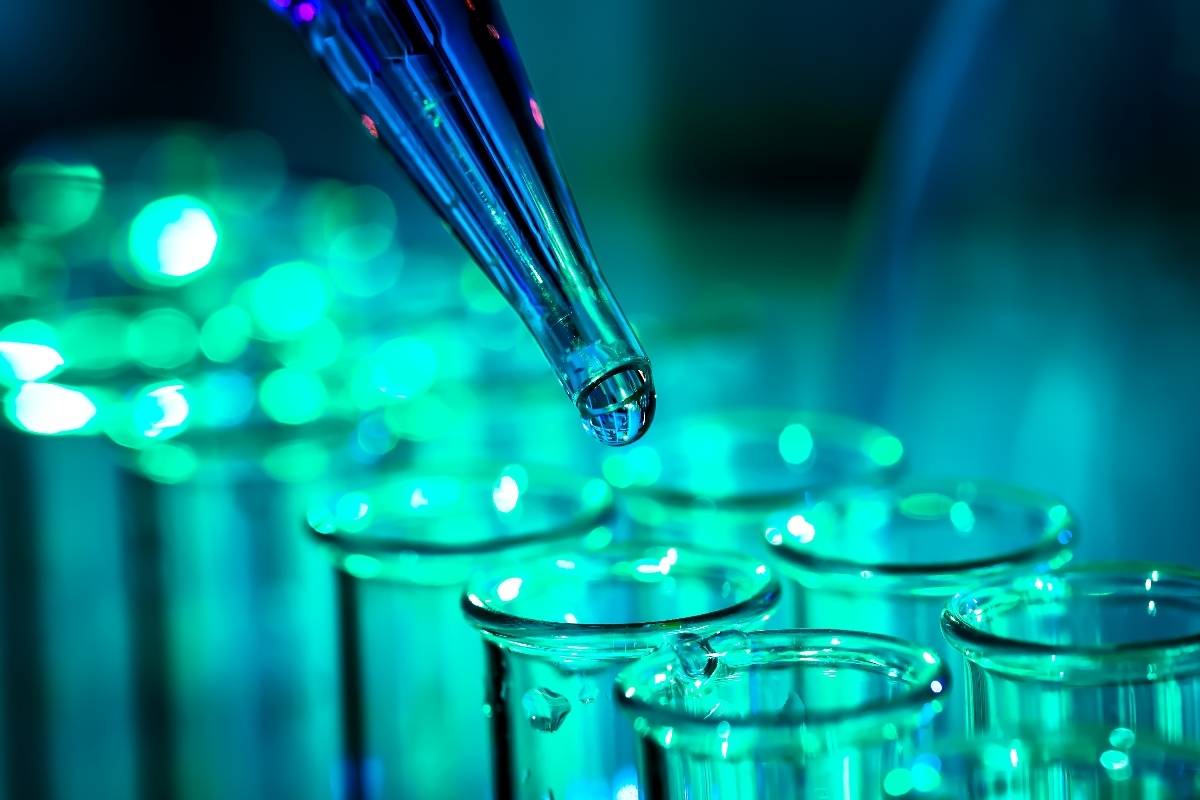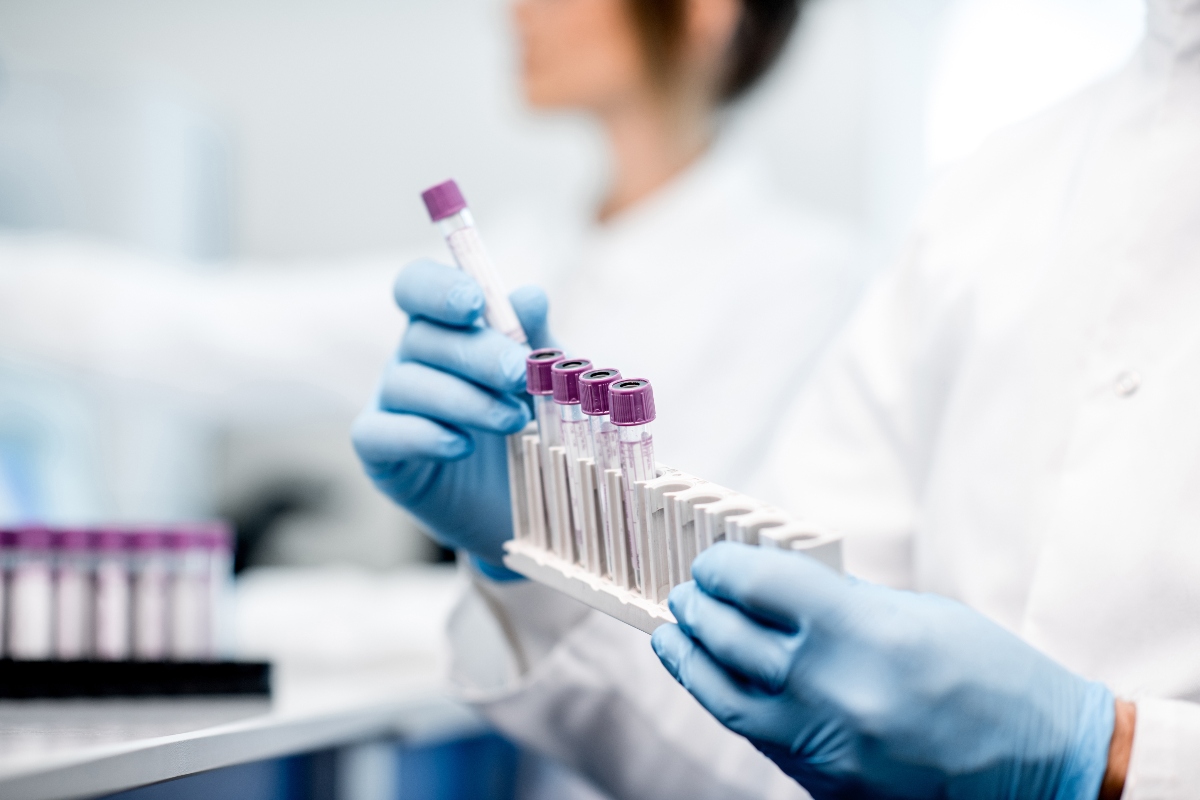 The critical features of an advanced biosensor"
class="w-full h-full object-cover"
/>
The critical features of an advanced biosensor"
class="w-full h-full object-cover"
/>
The critical features of an advanced biosensor
The rise of decentralised healthcare and use cases in real-time environmental testing has led to an increased demand for next-generation biosensors. At its core, a biosensor is an analytical device that brings together a biological recognition element and a physicochemical transducer to detect a target analyte.
Whilst the definition may sound straightforward, the functionality of today’s most advanced biosensors lies in the nuanced engineering of their core components: bioreceptors, transducers and signal processors. Each must work seamlessly to deliver fast, accurate and reliable measurements in complex real-world samples.
What makes a biosensor “advanced”?
Basic biosensors detect a single biomolecule in controlled lab conditions. Advanced biosensors operate reliably in the field (such as on skin, in saliva, in serum or in sweat) without the need for sample preparation, and are at the same time pushing the boundaries of sensitivity and selectivity. To do this, they must excel across three foundational domains.
Biorecognition element or bioreceptor
This is the “sensor” in biosensor that specifically binds to the analyte of interest. Advanced bioreceptors include enzymes for catalytic recognition (e.g., glucose oxidase), antibodies and aptamers for selective immunoassays or nucleic acid for hybridisation-based detection of complementary genetic targets (e.g., viral RNA, bacterial DNA). The critical features here are selectivity, binding affinity and surface integration.
Transducer
The transducer converts the biorecognition event into a measurable signal. Their performance directly affects the signal-to-noise ratio, detection limit, response time and overall reliability of the device. A well-matched transducer ensures that even subtle or low-abundance molecular interactions can be accurately detected and quantified. Transducers vary in type depending on the specific assay.
- Electrochemical (amperometric, voltammetric, impedimetric).
- Piezoelectric (mass changes).
- Optical (e.g., fluorescence or SPR).
Signal processor interface
The raw signal must be processed, filtered and translated into meaningful data. Signal processing includes noise filtering for improved resolution in noisy environments, calibration algorithms for multiplexed assays and data compression and transmission, often via Bluetooth or NFC in wearable applications.
Advanced signal processing unlocks use cases in point-of-care diagnostics, continuous health monitoring and remote sensing by minimising power requirements and enabling integration into flexible platforms.
The role of advanced biosensors in real-world applications
The true test of an advanced biosensor lies in its ability to deliver accurate, reliable results in real-world conditions. It must perform consistently across complex fluids and variable environments whilst maintaining ease of use and matching the performance of gold-standard methods.
- Medical diagnostics: From cardiac biomarkers (e.g., troponin I) to cytokines (e.g., interleukin-10), advanced biosensors must handle complex fluids such as blood or saliva, often at femtomolar concentrations, without interference or biofouling.
- Environmental monitoring: Detecting pollutants, pathogens or agricultural stressors requires rugged sensors that operate in unfiltered, dynamic environments.
- Wearable applications: Inline glucose or lactate monitoring improves patient experience and safety but demands real-time, low-maintenance platforms.
The material challenges with advanced biosensors
Whilst the performance of biosensors hinges on the precision of biological recognition and transduction, the material foundation of these devices imposes critical constraints on their scalability, sensitivity and reliability. Traditional electrode materials like gold, graphene and carbon nanotubes have helped in biosensor development, but are ill-suited to the demands of next-generation applications. Gold brings challenges tied to cost and supply chain, whereas graphene brings fabrication issues tied to batch-to-batch reproducibility. In order for advanced biosensors to see widespread adoption, a material that combines sensitivity with scalability is required.
Engineering the future of biosensing
As biosensors evolve to meet the needs of real-world diagnostics, environmental monitoring, and industrial control, success depends on the seamless integration of high-performance components. Traditional transducer materials often can’t keep pace with these demands, especially in complex, dynamic conditions where reproducibility, sensitivity and scalability are non-negotiable.
drift, surface fouling and cross-reactivity can all compromise the reliability of biosensor platforms. Additionally, reproducibility and scale-up remain key concerns for regulatory approval.
At iGii, we address these challenges with a proprietary 3D carbon nanomaterial engineered specifically for biosensing. Gii combines precision and sensitivity with scalability and ease of integration, enabling the reliable detection of ultra-low concentrations of biomarkers across saliva, serum, sweat and more. Whether the goal is single-use, point-of-care diagnostics or integration into wearable systems, Gii delivers performance where traditional materials fall short.
If you’re exploring digital biosensor innovation or scaling next-gen sensing technologies, download our guide to learn more about enhancing sensitivity and achieving faster reactions.

.jpg)

